Last Updated on March 10, 2025 by Admin
The interconnected industries of Oil & Gas, Refining, Petrochemicals, Fertilizers, and Chemicals form the backbone of modern industrial development, providing essential energy, raw materials, and products that support economies worldwide. This post explores each sector, their importance, processes, major players, and future trends.
ConstructionCareerHub App is LIVE — built ONLY for construction careers. Don’t apply with a weak resume.
Get ATS-ready Resume Lab + Interview Copilot + Campus Placement Prep (resume screening, skill gaps, interview readiness) — in minutes & Other advanced features.
Explore Smarter Construction Career Tools →Quick check. Big impact. Start now.
Table of Contents
Oil & Gas Industry
The Oil & Gas industry is the cornerstone of the global energy sector, responsible for the exploration, extraction, transportation, and refining of petroleum and natural gas. It is divided into three main segments:
Key Segments of the Oil & Gas Industry
- Upstream: Exploration and production of crude oil and natural gas.
- Midstream: Transportation, storage, and wholesale marketing of crude oil and refined petroleum products.
- Downstream: Refining crude oil into usable fuels and chemicals.
Major Companies in the Oil & Gas Sector
- Saudi Aramco – The largest oil producer in the world.
- ExxonMobil – A global leader in oil and gas exploration and production.
- China National Petroleum Corporation (CNPC) – Asia’s largest oil producer with operations in 33 countries.
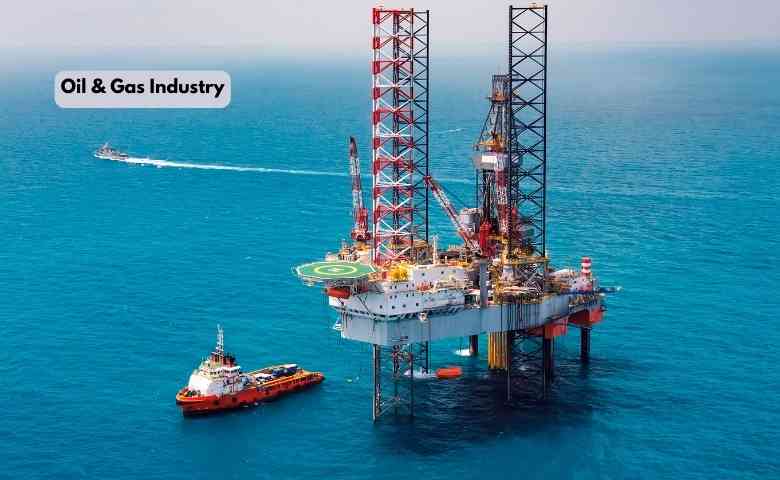
The Refining Industry: Transforming Crude Oil into Usable Products
Refining is a critical process that converts crude oil into valuable products such as gasoline, diesel, and petrochemicals. This industry plays a vital role in energy security and economic development.
Key Processes in the Refining Industry
- Distillation: Separates crude oil into different fractions.
- Cracking: Breaks large hydrocarbon molecules into smaller, more useful molecules.
- Reforming: Alters hydrocarbon molecules to improve fuel quality.
Leading Refining Companies
- Royal Dutch Shell – A global leader in refining and energy solutions.
- TotalEnergies – A diversified energy company with significant refining operations.
- Repsol – A Spanish multinational refining over a million barrels per day.
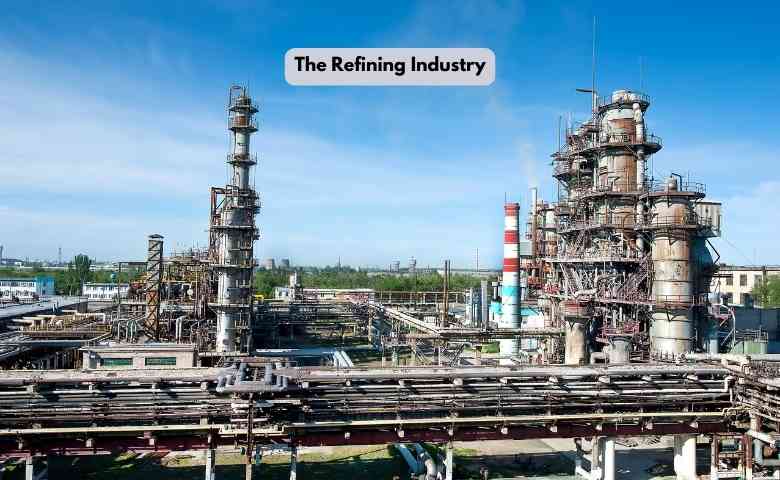
Petrochemicals: The Backbone of Modern Manufacturing
Petrochemicals are derived from oil and gas and serve as building blocks for thousands of everyday products, from plastics to pharmaceuticals.
Role of Petrochemicals in Various Industries
- Plastics Manufacturing: Used in packaging, automotive, and consumer goods.
- Fertilizers: Key ingredient in ammonia and urea production.
- Textiles: Synthetic fibers derived from petrochemicals.
Top Petrochemical Companies
- SABIC – One of the largest petrochemical manufacturers globally.
- INEOS – A British petrochemical giant.
- ADNOC – Expanding its petrochemical footprint globally.
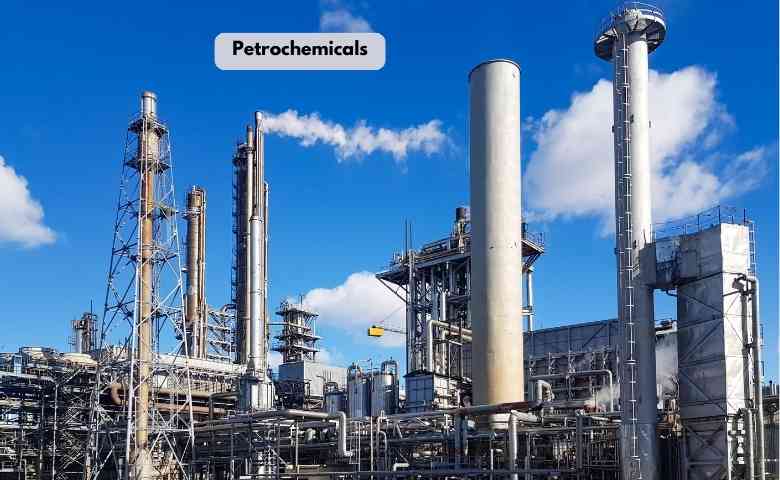
The Fertilizer Industry: Enhancing Global Agricultural Productivity
Fertilizers play a crucial role in agriculture by enhancing soil fertility and improving crop yields. The main types of fertilizers include nitrogen, phosphorus, and potassium-based compounds.
Major Types of Fertilizers
- Nitrogen Fertilizers: Essential for plant growth and productivity.
- Phosphorus Fertilizers: Promote root development and flowering.
- Potassium Fertilizers: Improve drought resistance and disease tolerance.
Leading Fertilizer Companies
- Koch Industries – One of the largest nitrogen fertilizer producers.
- Sinochem – A major Chinese fertilizer company with global operations.
- Nutrien – The world’s largest potash producer.
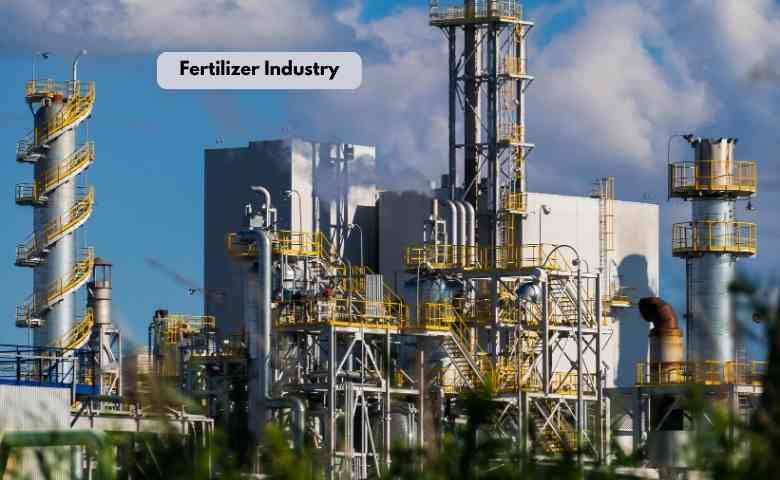
The Chemicals Industry: Diverse Applications Across Sectors
The Chemicals industry produces a wide range of products, from industrial chemicals to consumer goods such as detergents and pharmaceuticals.
Basic, Specialty, and Consumer Chemicals
- Basic Chemicals: Large-volume production used in industrial processes.
- Specialty Chemicals: Custom formulations for specific applications.
- Consumer Chemicals: Found in household and personal care products.
Key Chemical Manufacturing Companies
- BASF – The world’s largest chemical producer.
- Dow Inc. – A major supplier of chemical and plastic products.
- DuPont – Specializing in advanced materials and specialty chemicals.
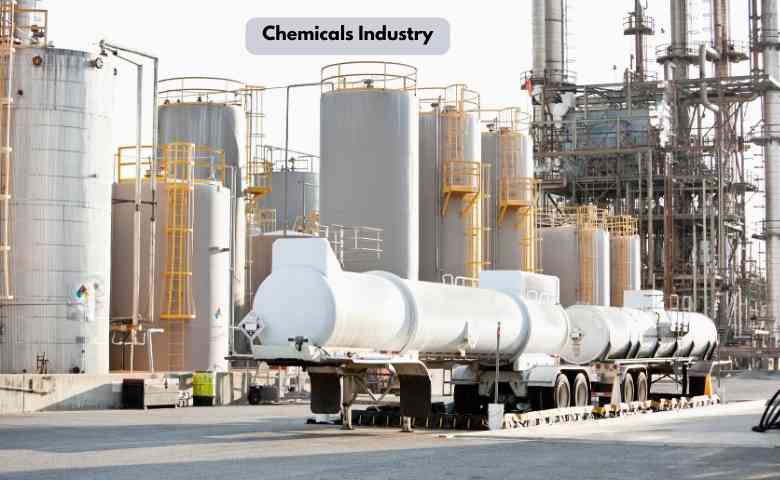
Interconnections Between These Industries and Future Trends
These industries are deeply interconnected. For example, oil refining produces petrochemicals, which in turn are essential for fertilizers and chemical manufacturing. As the world moves towards sustainability, green chemistry and renewable energy sources are shaping the future of these industries.
Future Trends
- Transition to Renewable Energy: Oil companies are diversifying into solar, wind, and hydrogen energy.
- Sustainable Petrochemicals: Innovations in bioplastics and carbon capture technologies.
- Eco-Friendly Fertilizers: Development of organic and bio-based fertilizers.
External Resources and References
To gain more insights into these industries, explore these authoritative resources:
- International Energy Agency (IEA) – Insights into global energy trends.
- Saudi Aramco – The world’s largest oil and gas producer.
- SABIC – Leading petrochemical innovations.
- American Chemistry Council – Information on global chemical industry trends.
- UN Climate Change – Impact of energy and chemicals on climate change
Conclusion
The Oil & Gas, Refining, Petrochemicals, Fertilizers, and Chemicals industries are integral to the global economy. Their operations are deeply interwoven, and as industries transition toward sustainability and innovation, they will continue to shape the future of energy, manufacturing, and agriculture.

